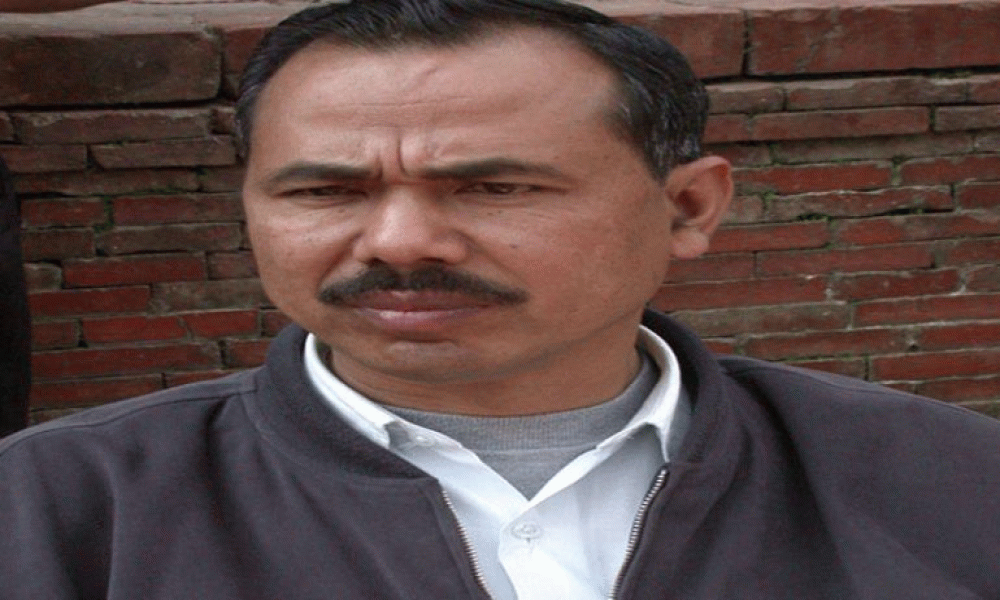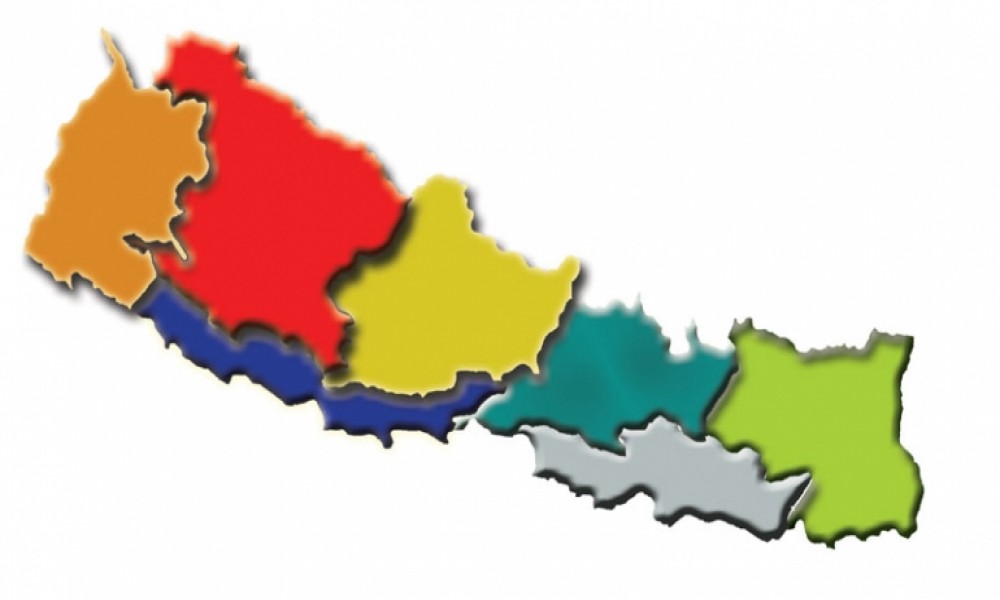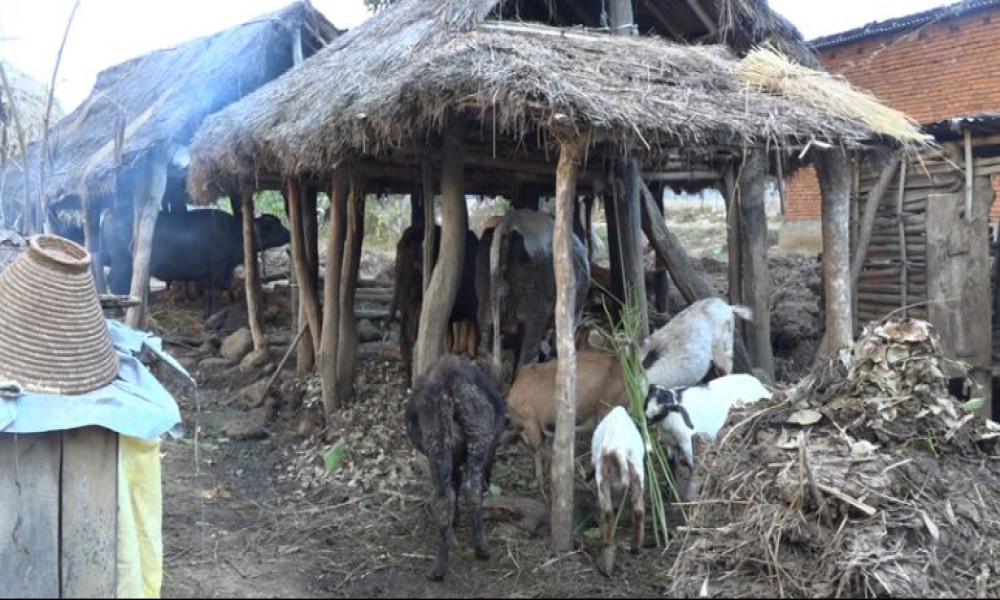Shyam Shrestha
Nepal is now dealing with a full-blown political crisis. The root of this problem is a new constitution passed by Nepal's now-dissolved Constituent Assembly. Madhesis and Janajatis are against this constitution, saying it is a regressive charter. But the political elites in Kathmandu are defending it as the world's best constitution.
What is truth? Who is right? Who is wrong? Is the new constitution regressive as claimed by Madhesis and Janajatis? Or is it progressive as claimed by the Hill-Brahmin political elites.
I find the new constitution as an interesting document. It has both progressive and regressive sides to it. So I see it as a constitution with contradictions. In it, there are some provisions which are far more progressive than Indian or western constitutions. And in it, there are some provisions which are more regressive than Nepal's own outdated laws.
I would like to highlight both progressive and regressive sides of the new constitution.
I find the new constitution as an interesting document. It has both progressive and regressive sides to it. So I see it as a constitution with contradictions. In it, there are some provisions which are far more progressive than Indian or western constitutions.
This article has been divided into two parts. And I will just highlight progressive provisions of the new constitution in the first part. In the second part, I will dwell on regressive sides of it.
First, the new constitution formally abolished Nepal's centuries-world monarchy. Many countries have had to bear bloodshed to transition from monarchy to republicanism. But Nepal peacefully turned into a republic from a monarchy, and the new constitution institutionalized the Himalayan nation as a republic. This is a big achievement in itself.
Second, the constitution institutionalized federalism in Nepal and put an end to unitary governance system initiated by the Shah Kings 250 years ago.
Third, Nepal had always been a Hindu state since the time of the 13th century king Anshu Barma. But the new constitution defined it as a secular state. Although the constitution vows to protect ancient religious practices raising speculations over genuineness of secularism, but Nepal is now officially a secular state.
As far as women rights are concerned, Nepal's new constitution is progressive than those of India and the US. It has ensured women's participation in proportion to their population. This means that the government will have to ensure 51 per cent participation of women at all levels. Women rights activists pushed for 33 per cent participation of women, and they got it, too. It was pointless to press for 33 per cent participation of women when the constitution had already ensured women's participation in their population. Women rights activists probably did not trust the government that they would be given proportional representation, and they fought for at least 33 per cent participation.
Nepal had always been a Hindu state since the time of the 13th century king Anshu Barma. But the new constitution defined it as a secular state. Although the constitution vows to protect ancient religious practices raising speculations over genuineness of secularism,
Ant the constitutional also requires woman to be either President or Vice President. If a male is President, another male cannot be Vice President. This is something which no other constitution in the world has ensured. The constitutional also confers citizenship rights on women. I think one of the reasons India is not happy with Nepal's constitution could be that it is progressive than the Indian constitution about women rights.
Like women lawmakers, Dalit lawmakers also stood united for their rights. And the new constitution ensures proportional representation of Dalits in all state organs. It declares untouchability illegal even in private homes, promises lands to landless Dalits and free education up to higher level to Dalit students. Where else would you find such progressive constitutional provisions about Dalits?
Rights to food, rights against hunger, rights to habitat, rights to employment, rights to health and education and rights to social security are other progressive features of our new constitution.
Rights to food, rights against hunger, rights to habitat, rights to employment, rights to health and education and rights to social security are other progressive features of our new constitution.
Soon after the constitution, protests flared up everywhere. The government and ruling parties failed to tell people about progressive features of the constitution. Had the government been able to explain the constitution, so much anger would not have spilled on the streets of the Tarai.
Despite all these progressive provisions, the new constitution is still flawed. It has many regressive provisions, too. It is only natural that people are angry because the political leadership is not serious about amending these regressive provisions. I will discuss the regressive side of the new constitution in the next chapter.
(part 1)
(Shyam Shrestha is an eminent political analyst previously associated with Mulyankan magazine. He was also a member of the now-dissolved Constituent Assembly that passed Nepal's new constitution. This article is an extract from Shrestha's speech at an interaction program in Hong Kong. The second part of the article, where he points out regressive provisions of the constitution, will follow.)









